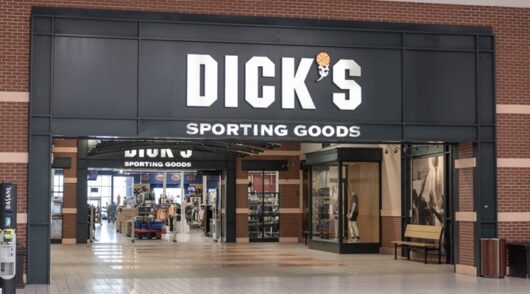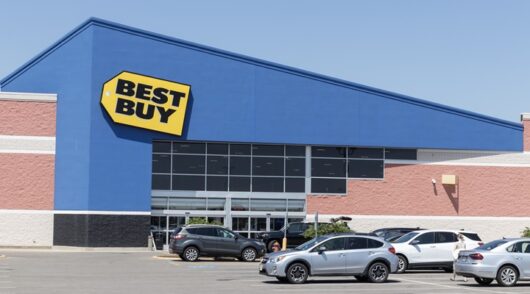After a sustained period of declining sales, Beyond edged back into growth this quarter with a 0.3 per cent uplift in overall revenue.
However, such an anemic figure is hardly cause for celebration. Indeed, with the addition of Bed Bath & Beyond and now Zulily (which admittedly was only part of the business for a fraction of this quarter), the company should be performing far better than this. That the slow growth comes off the back of a 28.9 per cent sales decline in the prior year also underlines that Beyond has not dug itself out of the hole it dropped into post-pandemic.
Compared to the same period in pre-pandemic 2019, sales are up by 5.2 per cent. This looks reasonable enough, but set against the growth of the wider home market it is a massive underperformance. It also underlines the fact that despite all the effort and expense of acquiring and integrating other brands, Beyond has effectively stood still over the past five years – a very uncomfortable truth for investors to grapple with.
The bottom line provides no relief. Net losses came in at $72.2 million this year, far worse than last year’s $10.3 million loss. This continues a pattern of losses which totaled over $307 million last fiscal year. Cost cutting measures will help somewhat, and we believe there are still areas that can be streamlined as the various brands are integrated. Even so, without a significant boost to the top line, Beyond will struggle to push itself into the black.
Unfortunately, the demand picture does not look favorable. With the housing market still in the doldrums and consumer confidence lacking among some demographics, the sales of home furnishings will remain soft for the balance of this year. This is a problem for all players, including Beyond. If it were a case of simply waiting out this ebbing tide, then we would feel more optimistic about Beyond’s future. However, in our view, the company has also made a lot of mistakes that have driven customers away; correcting these will take time and considerable effort.
The relaunch of Overstock, which was ditched after a botched rebrand to Bed Bath & Beyond, will help somewhat. However, a lot of confusion has been created among customers by all the chopping and changing and time will be needed for things to stabilize. Moreover, it’s not as if Overstock was a powerhouse before the rebrand: it was a brand where awareness was falling and where relevance was failing. As an off-price style retailer, it will also face strong competition from the likes of HomeGoods which has a much stronger and more compelling proposition that fulfils the need of many consumers to shop in-person. In our view, HomeGoods has a much clearer position on delivering low and sharp prices compared to Overstock’s rather schizophrenic approach on pricing, something that can be off-putting for customers seeking value.
All that said, we believe that the creation of three separate brand entities – Overstock, Bed Bath & Beyond, and Zulily – is the right approach. We also note the addition of new members to the leadership team, as well as the investment in technology to understand customers better. All these things should help move the dial, at least somewhat. As it is up against some very soft prior year comparatives for the rest of this year and is starting to rebuild its active customer numbers, there is all to play for in the quarters ahead.
Overall, we see the year ahead as one of restructuring and gentle rebuilding. Nevertheless, Beyond needs to start showing that its latest strategy is working. If it doesn’t, its track record will come under greater scrutiny.
- Neil Saunders is MD at GlobalData.






